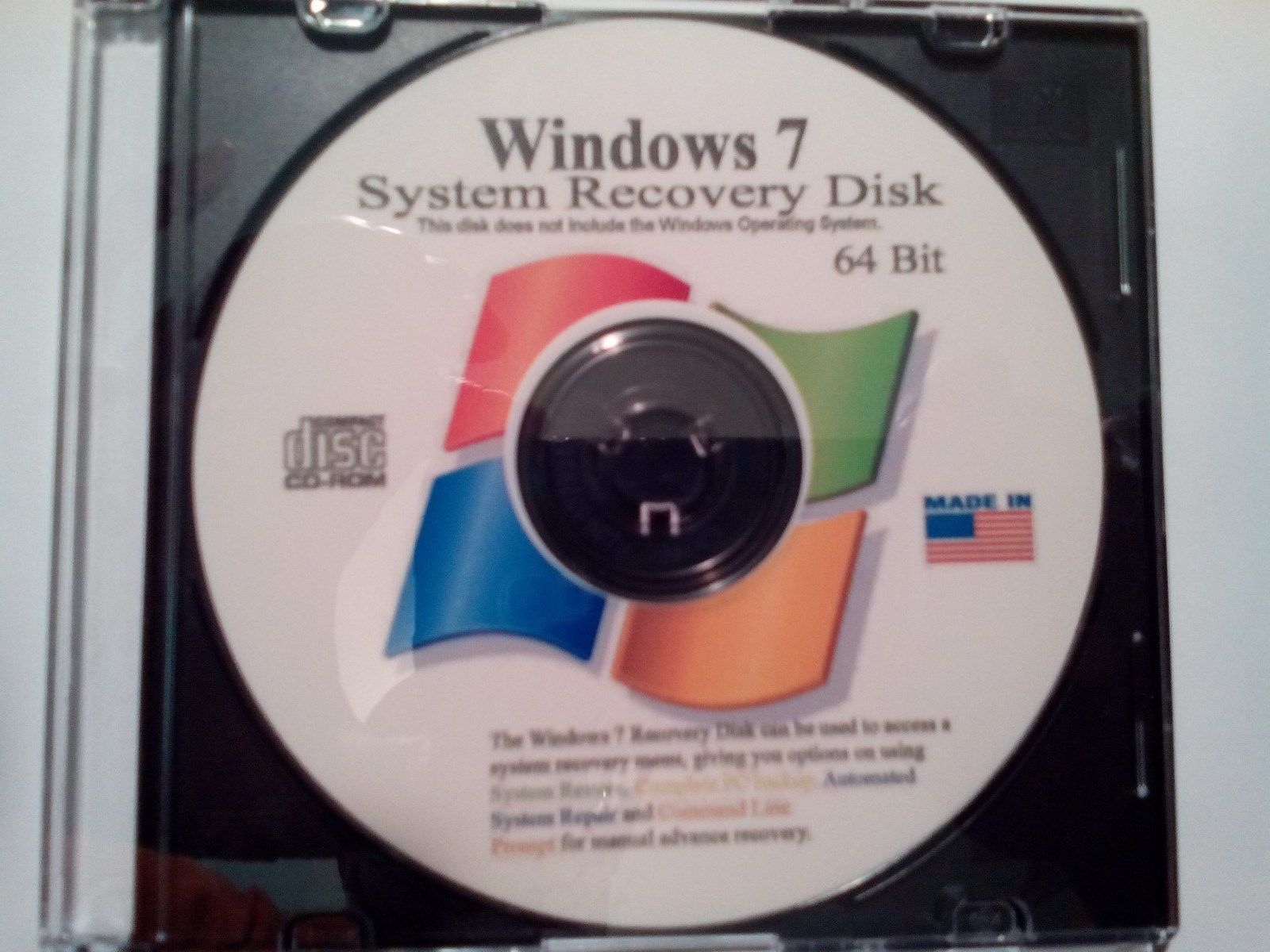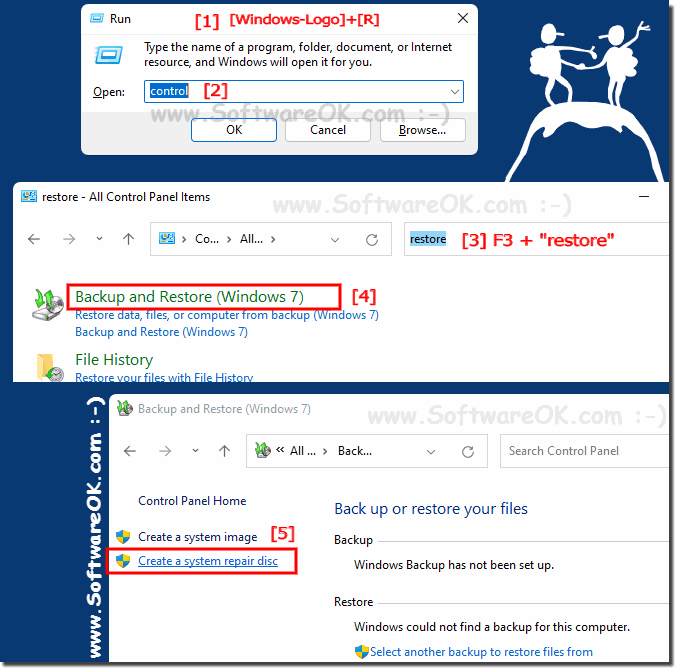


Thus, if you are creating a basic Recovery Drive, you can use a 1GB USB flash drive. However, if you choose to include the system files, which will allow you to use the Recovery Drive to reinstall Windows, you’ll need more space. In its base configuration, the contents of the Recovery Drive will require about 330 MB of space. The USB flash drive you use will become a dedicated Recovery Drive–you won’t be able to use it for anything else. Likewise, you can’t use a 32-bit Recovery Drive in a 64-bit Windows 10 system. In other words, if you create a Recovery Drive in a 64-bit version of Windows 10, you can’t use that drive to boot up and repair a 32-bit version of Windows 10. Regardless of whether you are creating a Recovery Drive on a USB flash drive or on an optical disc, it is important to remember that a Recovery Drive is bit specific. In this article, I’ll show you both ways to create a Windows 10 Recovery Drive. Why Microsoft didn’t unify the process under one roof, I don’t know. The USB flash drive version is created using a stand-alone tool the optical disc is created from the Backup And Restore (Windows 7) user interface. While both procedures produce the same recovery tool, they are created from different user interfaces. In Windows 10, you can create a Recovery Drive on a USB flash drive as well as on an optical disc. That way, you’ll be prepared should you encounter a problem with your Windows 10 installation. If you haven’t done so yet, you need to create a Windows 10 Recovery Drive. A Recovery Drive lets you boot your system and easily access a number of recovery and troubleshooting tools to revive a failing Windows 10 system.


 0 kommentar(er)
0 kommentar(er)
